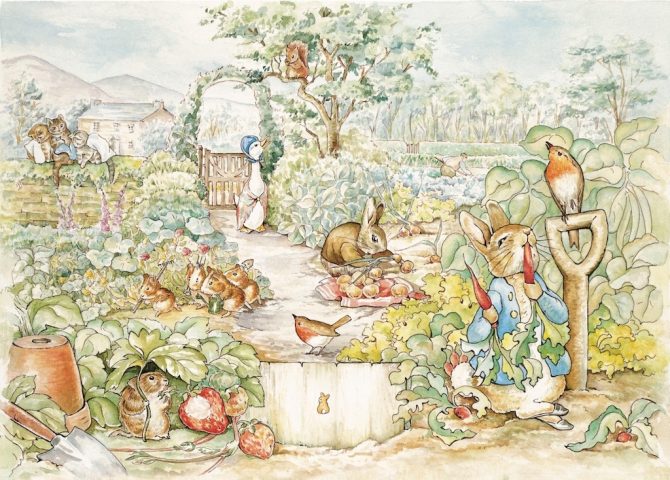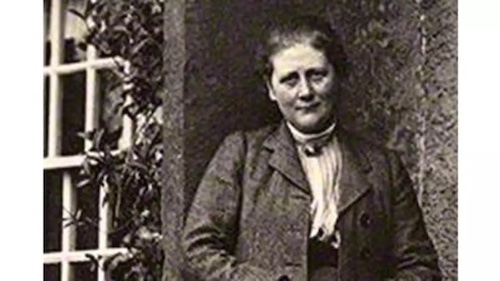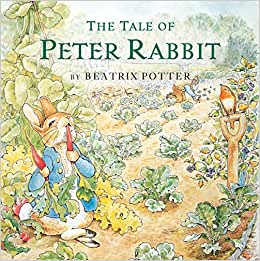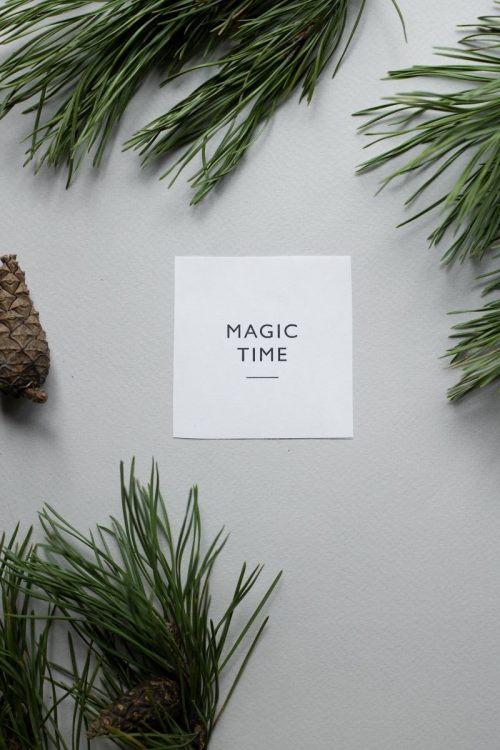Beatrix Potter: woman, writer, scientist but above all a visionary

Make your very own chess game and celebrate the World Chess Day
July 20, 2021
Paper wonders with Frank Lloyd Wright
August 4, 2021
Beatrix Potter loved writing. She kept a journal – in a code that wasn’t deciphered until some years after her death. And she would write wonderful letters to her family and friends.

It was one such letter that was the genesis of her first and, perhaps, most well-loved storybook, The Tale of Peter Rabbit.
Capturing the beauty of the natural world
Beatrix Potter was born on July 28, 1866. As a child, Beatrix didn’t go to school, having instead a number of governesses, including Annie Moore. Beatrix also had an art teacher, Miss Cameron, and was encouraged to draw. She spent many hours making intricate drawings of plants and animals, especially during the holidays she would take with her parents and younger brother to Scotland and the Lake District.
She was encouraged by Charles McIntosh, the Scottish naturalist, to make her fungi drawings more technically accurate and became an adept scientific illustrator.
By 1896, she had written a paper “On the Germination of the Spores of Agaricineae”. It was rejected by the Royal Botanical Gardens, but a young fungi expert who worked at Kew Gardens agreed to present it on her behalf to the Linnean Society of London. Although society did not accept women at the time, Beatrix’s work made a contribution to mycological research that is still recognized today.
Beatrix’s love of nature and her many pets served as inspiration for much of her artwork – including her pet rabbits Benjamin Bouncer, who she would take for walks on a lead, and Peter Piper. Beatrix would paint beautiful watercolor studies of the animals.
A letter that would change her life
During one holiday to Scotland, such pictures were included in a letter she wrote Noel Moore, the son of her former governess Annie, when he was ill. The illustrated animal story featured in the letter first introduced some of the children’s literature’s most well-loved characters: Flopsy, Mopsy, Cotton-tail, and Peter.
The illustrated letter was so well received that Beatrix sent it off to a number of publishers. After several rejections, she published it privately in 1901 with the first run of 250 tiny books, designed to be small enough so a child could hold the story for themselves.

Encouraged by the book’s success, one of the publishers that had initially rejected The Tale of Peter Rabbit relented and agreed to publish it, if Beatrix would re-illustrate it in color. Frederick Warne & Co published the story in 1902 and it quickly became a best-seller. The Tale of Squirrel Nutkin and The Tailor of Gloucester were published the following year.
Beatrix was an astute businesswoman. She created the first Peter Rabbit doll herself, registering it at the patent office in 1903. This made Peter Rabbit the first licensed literary character. Toys, games, tea sets, and bedroom slippers followed and Beatrix remained involved to ensure the merchandise was faithful to her original illustrations. ~
In 1905, Beatrix and Norman Warne, the editor at the publishing house, became engaged, despite her parents’ opposition; they disapproved of the match as Norman was “in trade”. Sadly, a month into their engagement, Norman died of leukemia.
The solace of the Lake District
Beatrix Potter turned to the place which had given her so much inspiration as a child, the English Lake District. Her books had generated enough financial independence for her to buy Hill Top Farm in the tiny village of Sawrey and she spent some time alone at the property following Norman’s death.
Having met Hardwicke Rawnsley, one of the founders of the National Trust, during her first visit to the Lake District at the age of sixteen, Beatrix was a staunch supporter of its work.
Her subsequent investments in Lake District farmland and her management of the land followed its principles and she worked to preserve the rural culture of the area, including the local Herdwick Sheep. In all, Beatrix bought fifteen farms – yet many of the neighbors and fellow farmers in the area were unaware of her success as a children’s author.
During this period, Beatrix became friendly with the local solicitor who had assisted her with her property dealings and, in 1912, William Heelis proposed. The couple was married the following year and they lived together at Castle Cottage until Beatrix’s death in 1943.
Beatrix had made a lasting contribution to children’s literature – today, some two million of her books continue to be sold each year. And she had also made a lasting contribution to the landscape she loved and which had been such a source of inspiration. She bequeathed some 4,000 acres to the National Trust, including Hill Top Farm, which – in accordance with her wishes – the charity maintains exactly as it had been when she lived in it. It attracts thousands of visitors every year.
You can see a little of the house for yourself with this behind-the-scenes tour from the National Trust:


